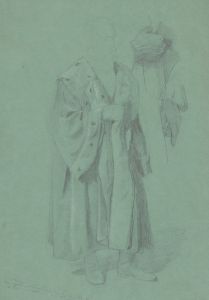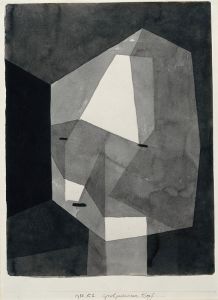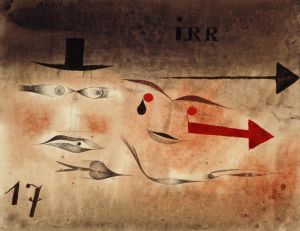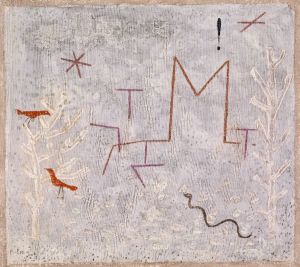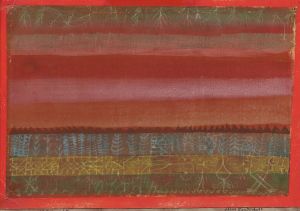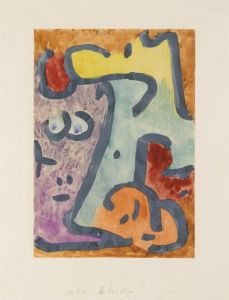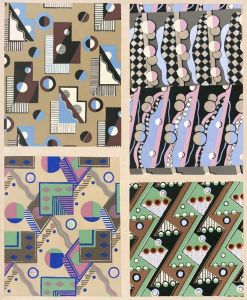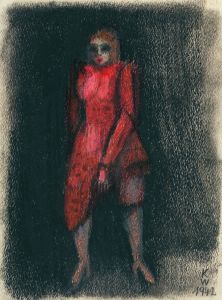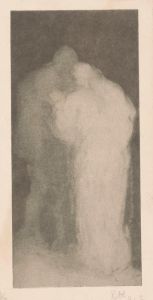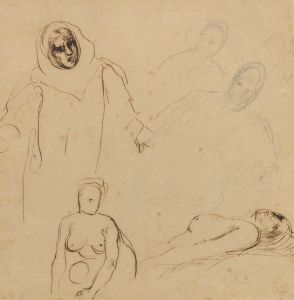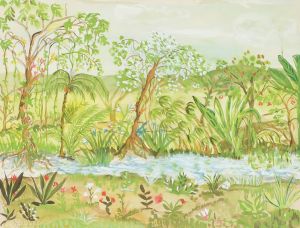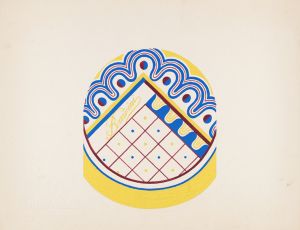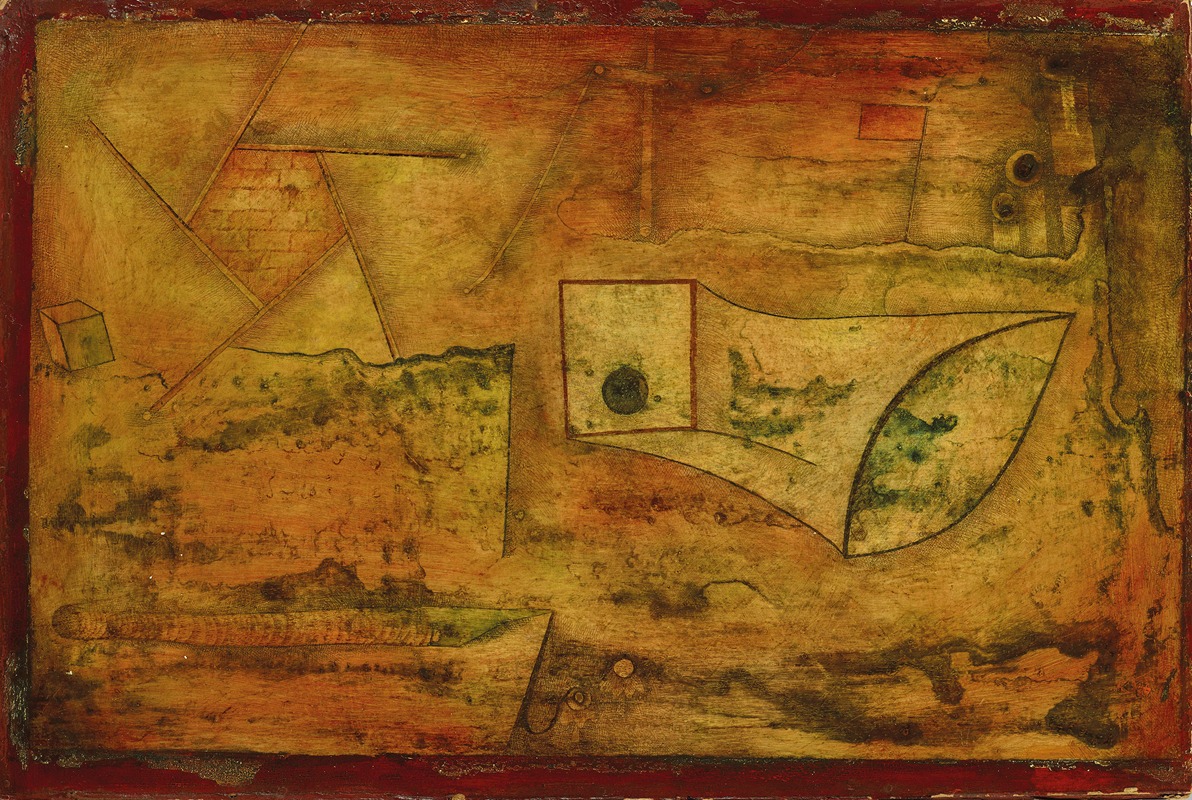
Bildnerisches Stilleben
A hand-painted replica of Paul Klee’s masterpiece Bildnerisches Stilleben, meticulously crafted by professional artists to capture the true essence of the original. Each piece is created with museum-quality canvas and rare mineral pigments, carefully painted by experienced artists with delicate brushstrokes and rich, layered colors to perfectly recreate the texture of the original artwork. Unlike machine-printed reproductions, this hand-painted version brings the painting to life, infused with the artist’s emotions and skill in every stroke. Whether for personal collection or home decoration, it instantly elevates the artistic atmosphere of any space.
Paul Klee was a Swiss-born artist and a prominent figure in the early 20th-century art world, known for his highly individual style that was influenced by movements such as Expressionism, Cubism, and Surrealism. One of his works, "Bildnerisches Stilleben," reflects his unique approach to art, characterized by a blend of abstraction and figuration.
"Bildnerisches Stilleben," which translates to "Pictorial Still Life," is a painting that showcases Klee's innovative use of color and form. Klee often drew inspiration from his personal experiences, travels, and a wide array of artistic influences, which is evident in the diverse elements present in his work. His art is known for its whimsical and childlike qualities, yet it often carries profound philosophical and emotional depth.
Klee's work is distinguished by his exploration of color theory, and he was deeply influenced by his time teaching at the Bauhaus, a revolutionary art school in Germany. At the Bauhaus, Klee developed his theories on color and form, which he applied in his paintings. "Bildnerisches Stilleben" likely reflects these explorations, as Klee was known for his ability to convey complex ideas through simple, yet evocative, visual language.
In "Bildnerisches Stilleben," Klee employs a variety of geometric shapes and a vibrant color palette, which are hallmarks of his style. His use of line and form often suggests movement and rhythm, inviting viewers to engage with the painting on both an intellectual and emotional level. Klee's work often blurs the boundaries between reality and imagination, encouraging viewers to interpret the imagery in personal and subjective ways.
Klee's artistic philosophy was heavily influenced by his belief in the interconnectedness of all forms of art and life. He saw art as a means of exploring the unseen and the spiritual, often incorporating symbols and motifs that suggest deeper meanings. This approach is evident in "Bildnerisches Stilleben," where the arrangement of forms and colors can be seen as a visual exploration of balance and harmony.
Throughout his career, Klee produced a vast body of work, each piece contributing to his legacy as a pioneer of modern art. His paintings, including "Bildnerisches Stilleben," continue to be celebrated for their innovative approach and enduring influence on subsequent generations of artists. Klee's ability to blend the playful with the profound has cemented his place as a key figure in the history of art.
While specific details about the creation and exhibition history of "Bildnerisches Stilleben" may not be extensively documented, the painting remains an important part of Klee's oeuvre. It exemplifies his mastery of color, form, and composition, and reflects his ongoing quest to capture the essence of the human experience through art.





